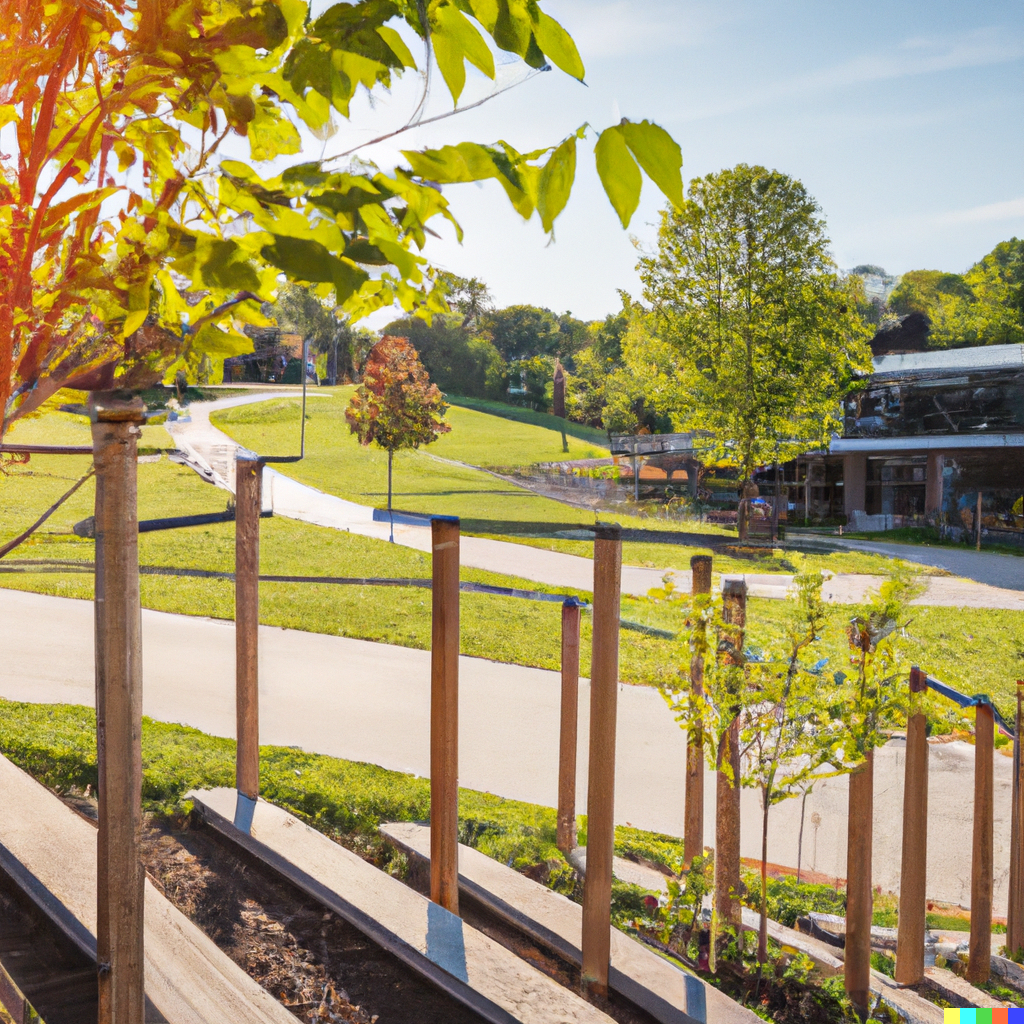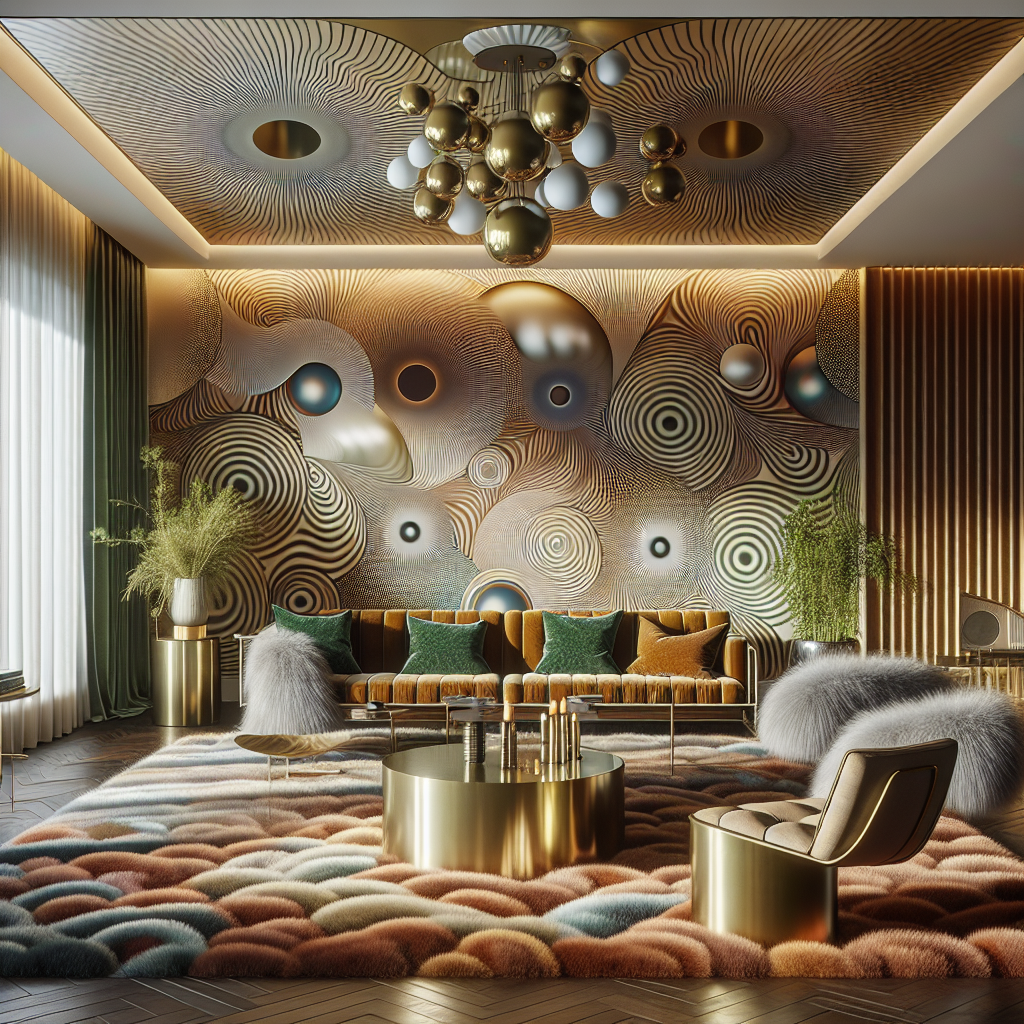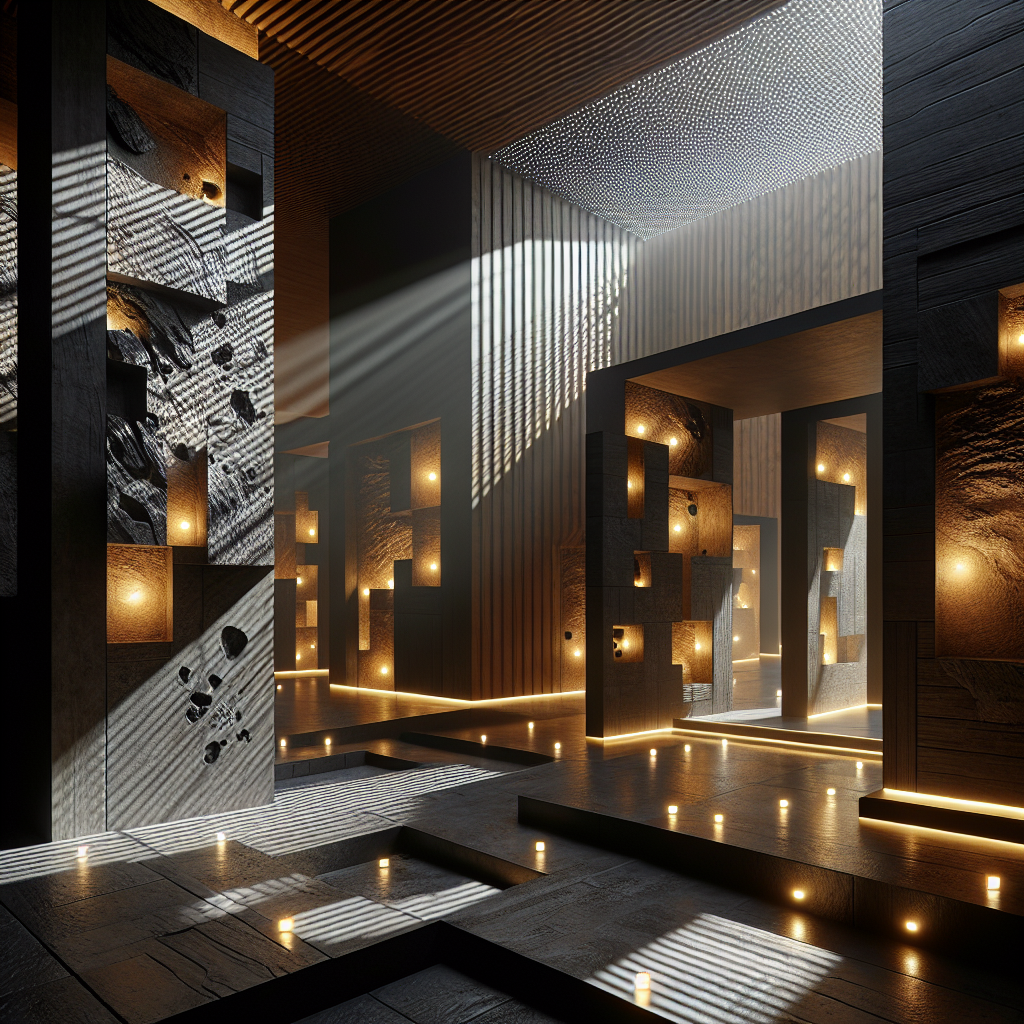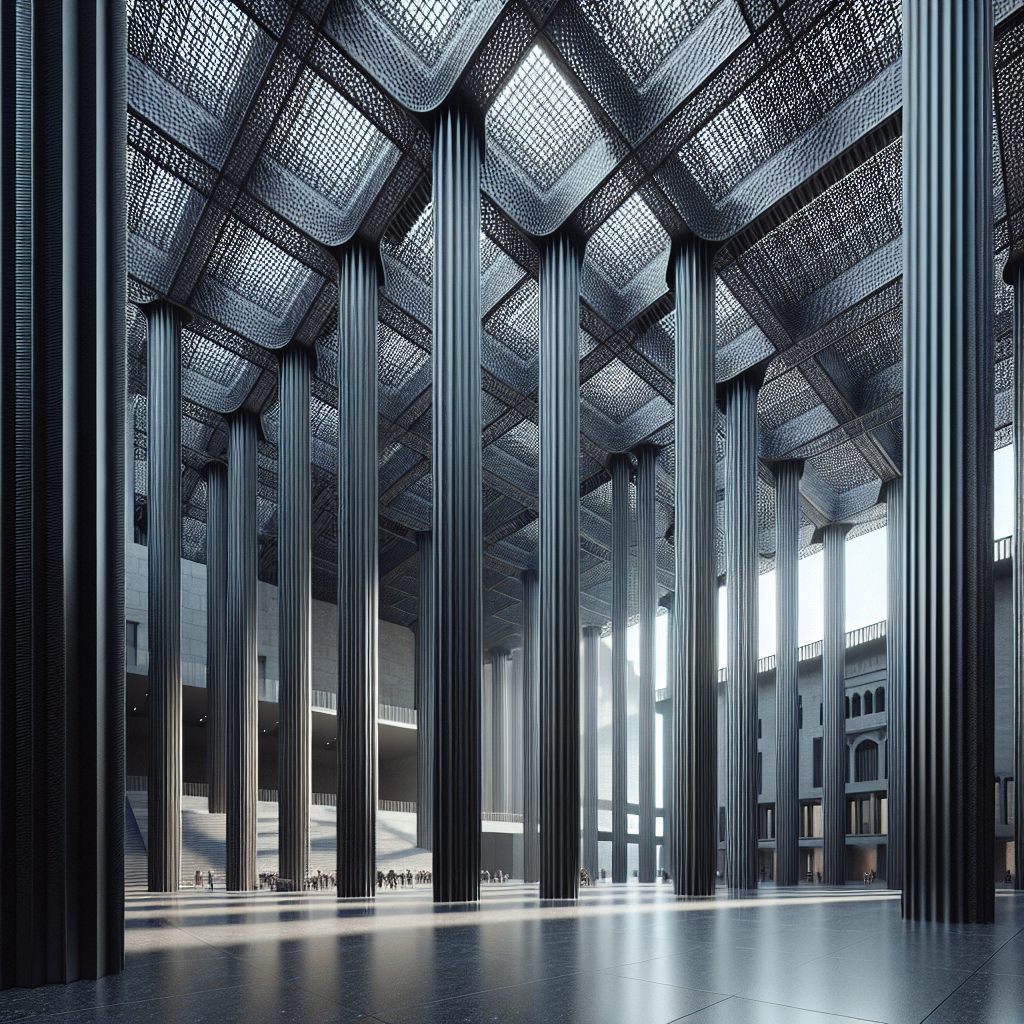Creating a Better World: Designing Public Spaces for People and the Environment

Introduction
Public spaces are an essential part of the built environment, providing important social and cultural functions for communities. The design of these spaces should prioritize people and the environment, creating sustainable, accessible, and inclusive spaces that promote public health, social interaction, and community cohesion.
The Importance of Green Spaces in Public Spaces Design
Urbanization and the growing population density in cities have intensified the need for well-designed public spaces that offer respite from the urban landscape. Green spaces, such as parks and gardens, are crucial in mitigating the negative impacts of urbanization and climate change. Designers and architects must integrate nature and sustainability into public space design to promote healthier living environments for all.
The Accessibility of Public Spaces
The accessibility of public spaces is also a critical issue that should be addressed. Designers must prioritize inclusivity in public spaces by considering the needs of people with disabilities and the elderly, ensuring that public spaces are designed to meet the needs of everyone.
Social Interaction and Community Cohesion in Public Spaces Design
Successful public space design is not only about creating aesthetically pleasing spaces but also about fostering social interaction and community cohesion. Public spaces should encourage social interaction and offer opportunities for people to gather, connect, and engage with each other.
Real-Life Examples of Successful Public Space Design
Real-life examples of successful public space design include the High Line in New York City, which transformed an abandoned railway into an elevated park, and the Cheonggyecheon River Restoration Project in Seoul, which transformed an urban freeway into a public park and pedestrian walkway. These projects demonstrate the transformative power of well-designed public spaces in promoting sustainability, accessibility, and community engagement.
Conclusion
In conclusion, the design of public spaces is an integral part of urban planning and architecture that should prioritize people and the environment. The creation of sustainable, accessible, and inclusive public spaces that promote public health, social interaction, and community cohesion can contribute to the betterment of society.





